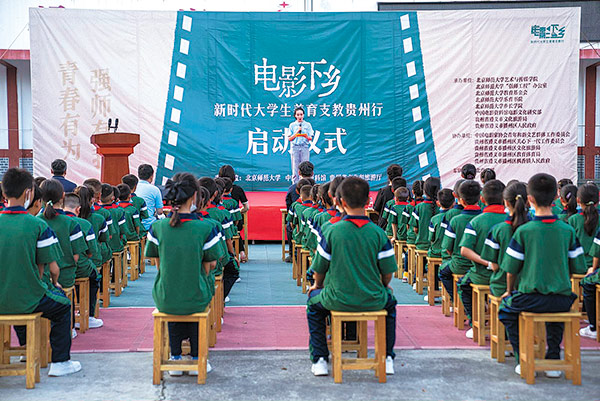Stargazer, doctor of astrophysics, promoter of astronomy, and vlogger — Liu Boyang, post-90s young man, has many facets, but the most high-profile is his role as a documenter of China’s space station.
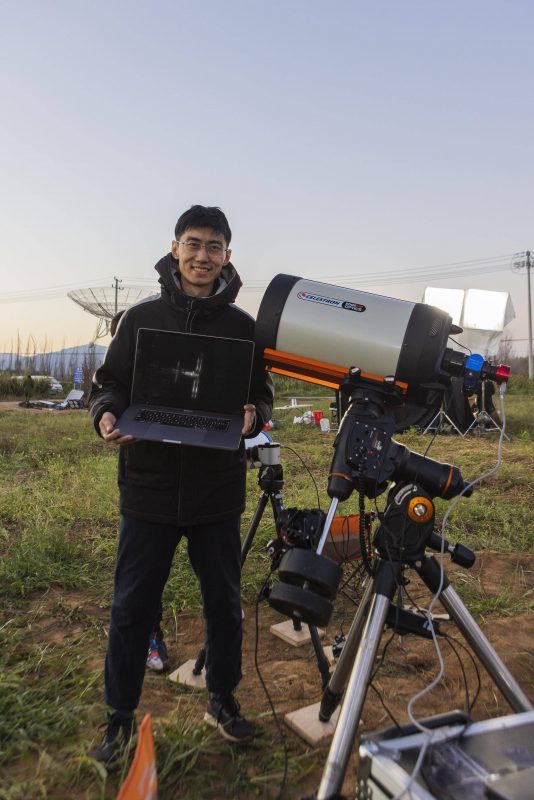
This year, 2022, is a crucial year for the full construction of China’s space station. In April 2021, China officially kicked off the in-orbit construction of its space station by launching the core module Tianhe. The space station features a basic three-module configuration consisting of the core module, Tianhe, and two lab modules, Wentian and Mengtian.
Along with each launch mission comes a constant change in the configuration of the Chinese space station. During this period, every month, even every day, the shape of the Chinese space station could be different.
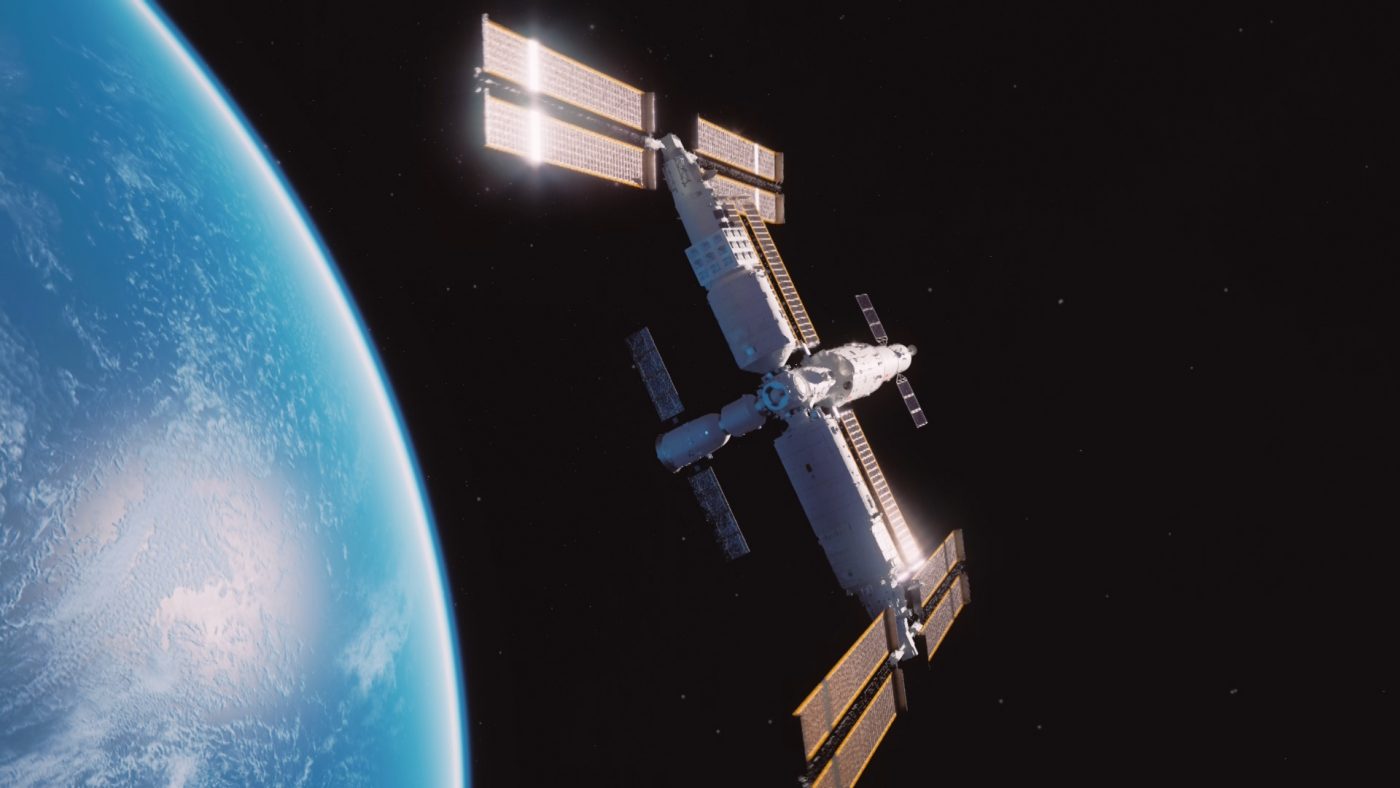
“The significance of photography is to record, and every historical moment and event should be recorded by someone. Who will record the growth and changes of the Chinese space station? If no one else is doing it, then I have to do it!” Liu said.
In 2020, he was surprised that foreign photographers could take close-up images of the International Space Station from the ground. He decided to try his hand at taking similar pictures.
In March, Liu began making preparations for his plan — documenting and sharing the development of the space station so that he can “help more people learn about the development of China’s aerospace sector.”
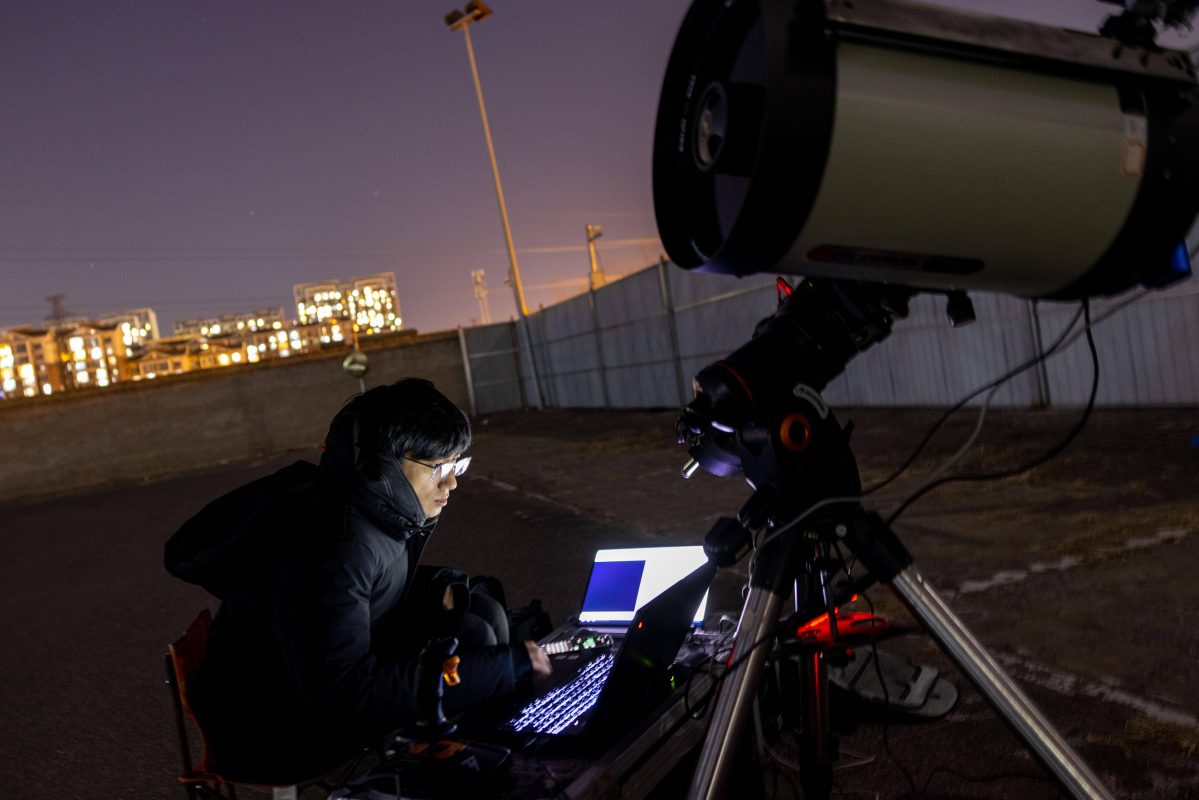
But, it’s never an easy task, technically or financially.
On one hand, since the common methods for shooting celestial bodies are not suitable for taking higher-precision photos of the space station, Liu decided to start his own plan – develop an optical tracking program himself.
On April 19, with his self-developed optical tracking program, Liu captured clear, close-up images of China’s space station for the first time on the outskirts of Hengshui City, north China’s Hebei Province, despite failures in the process.
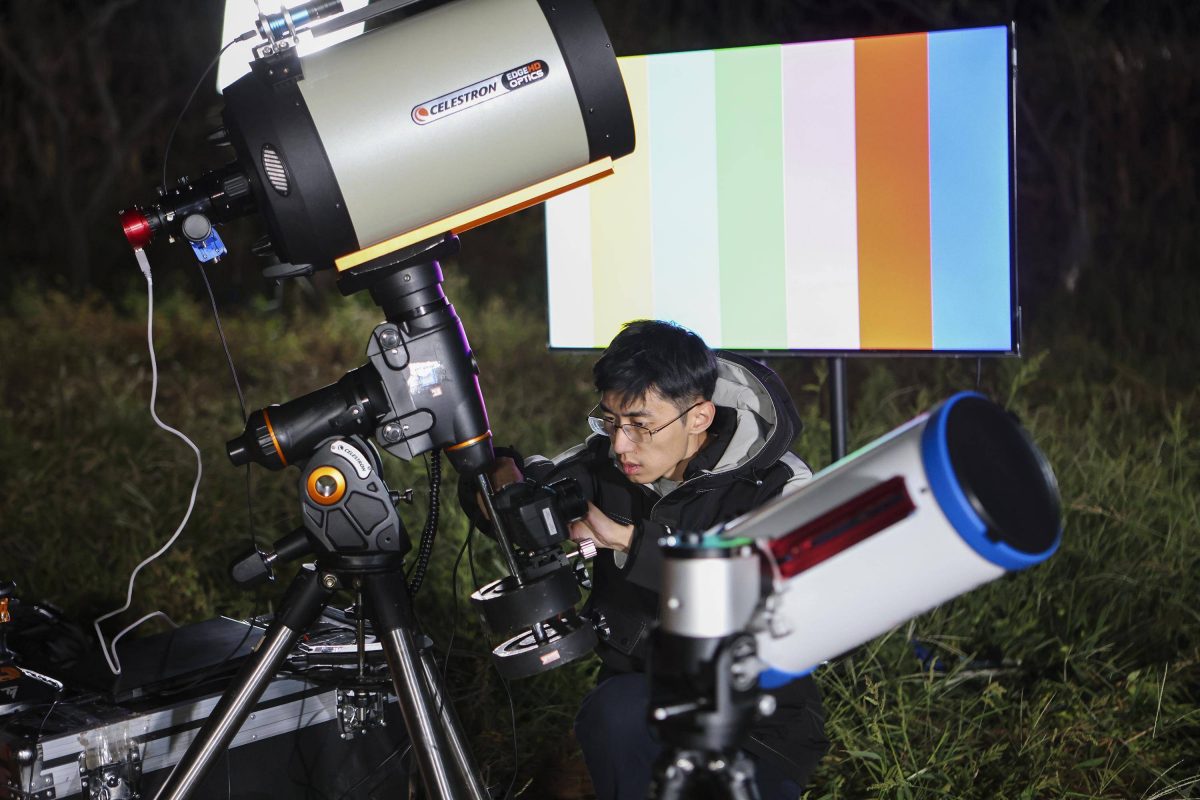
On the other hand, to look for better shooting conditions, Liu has made over 50 trips to carefully selected locations in more than 10 cities across the country, largely at his own expense.
This year, he traveled into the desert and onto plateaus, and almost got lost in the wild without a phone signal. But he says that the challenging experiences were “no big deal.”
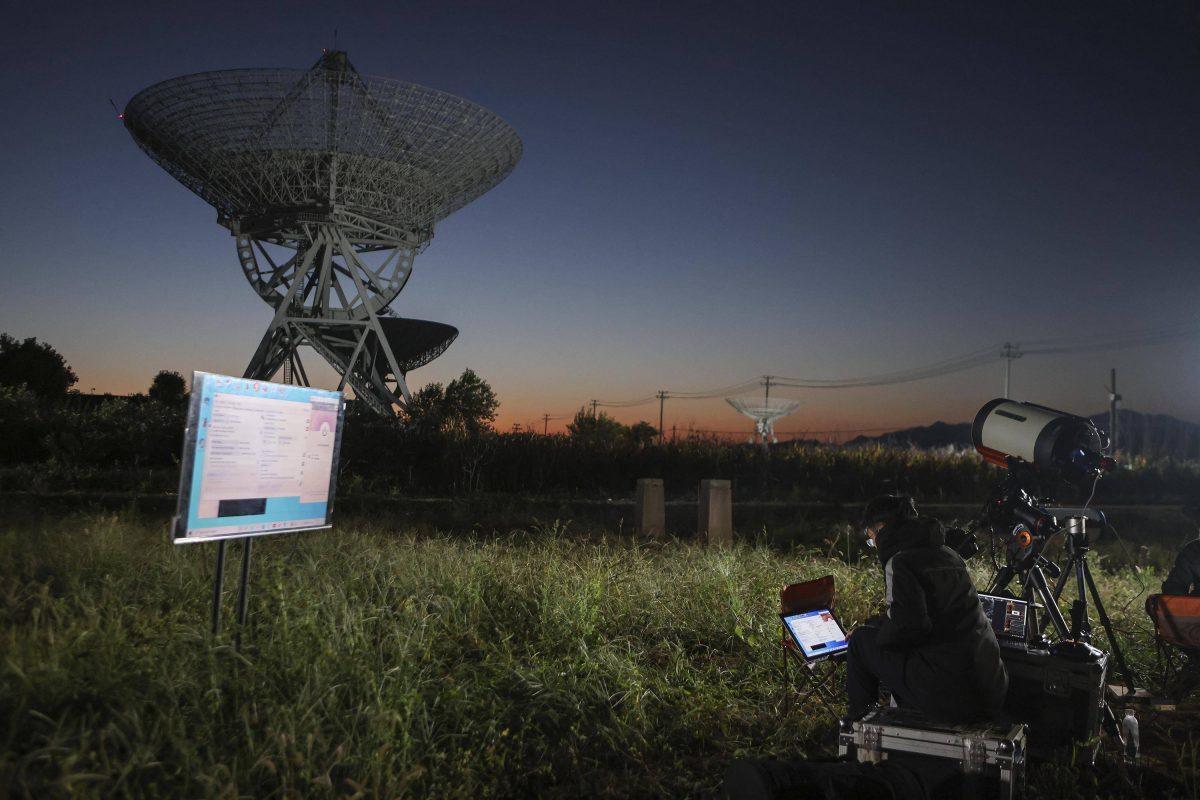
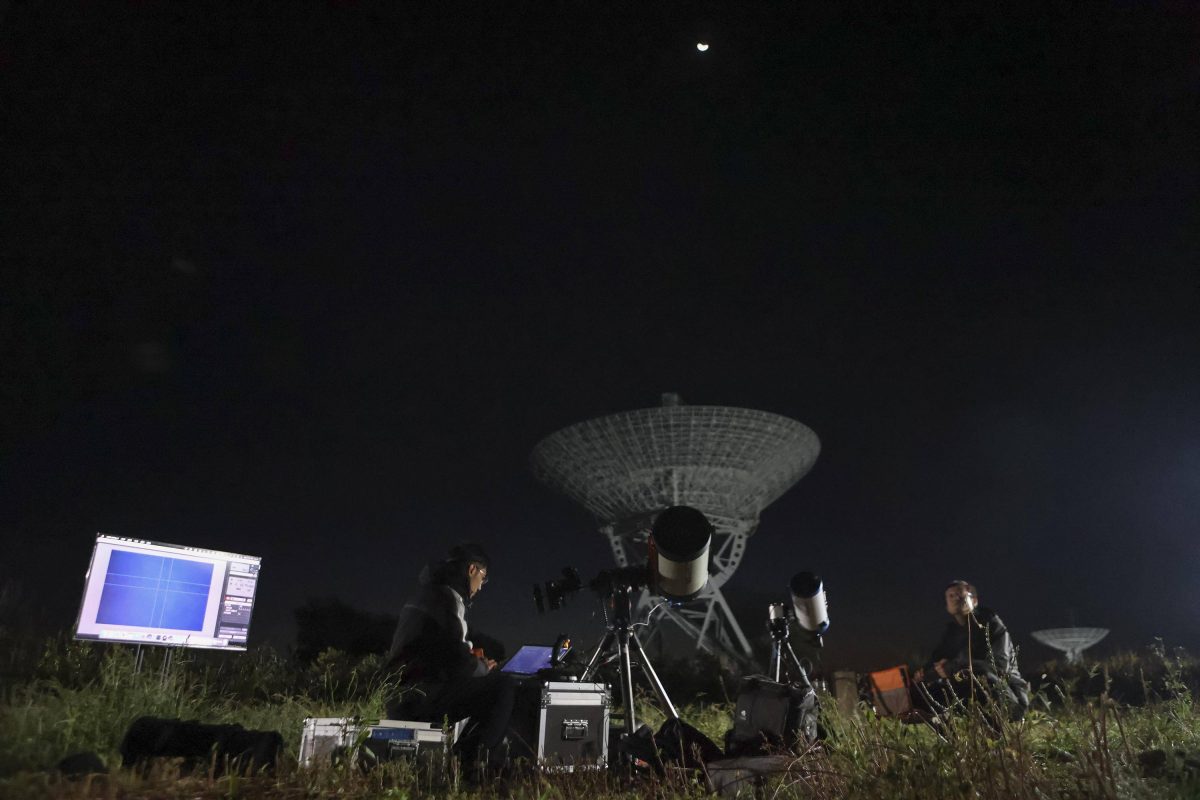
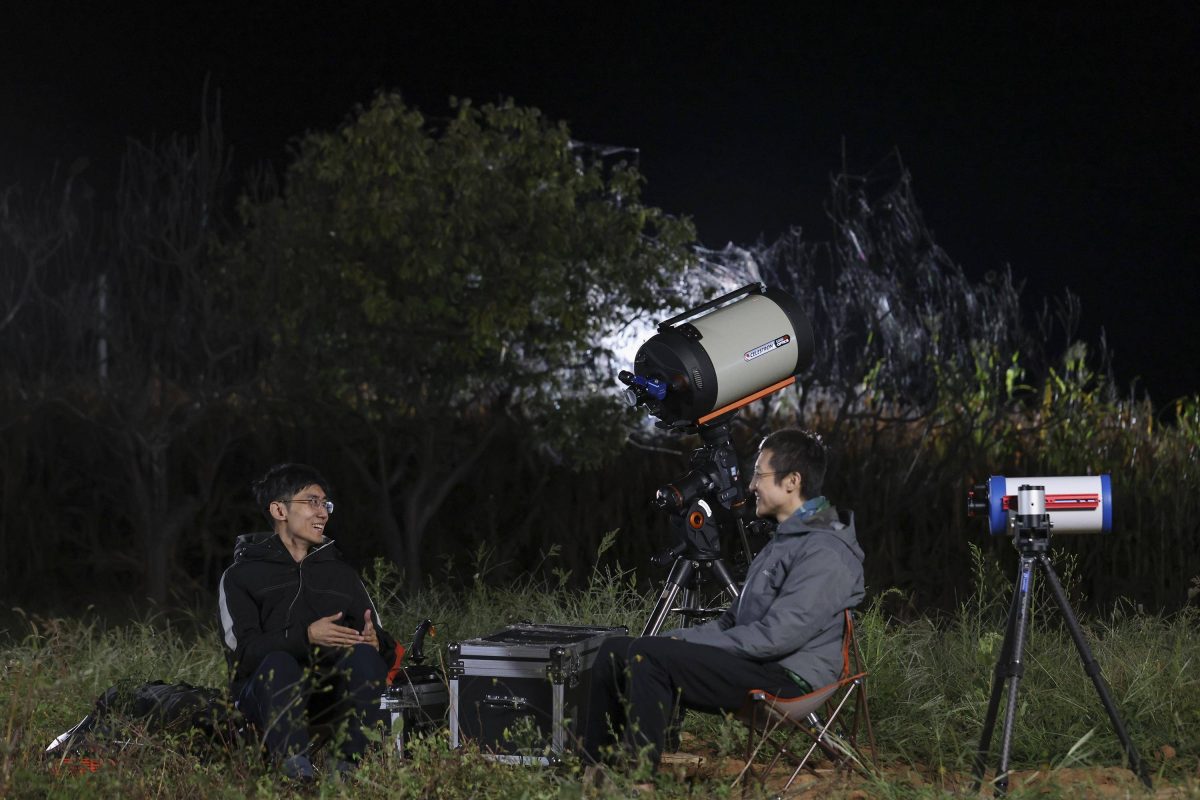
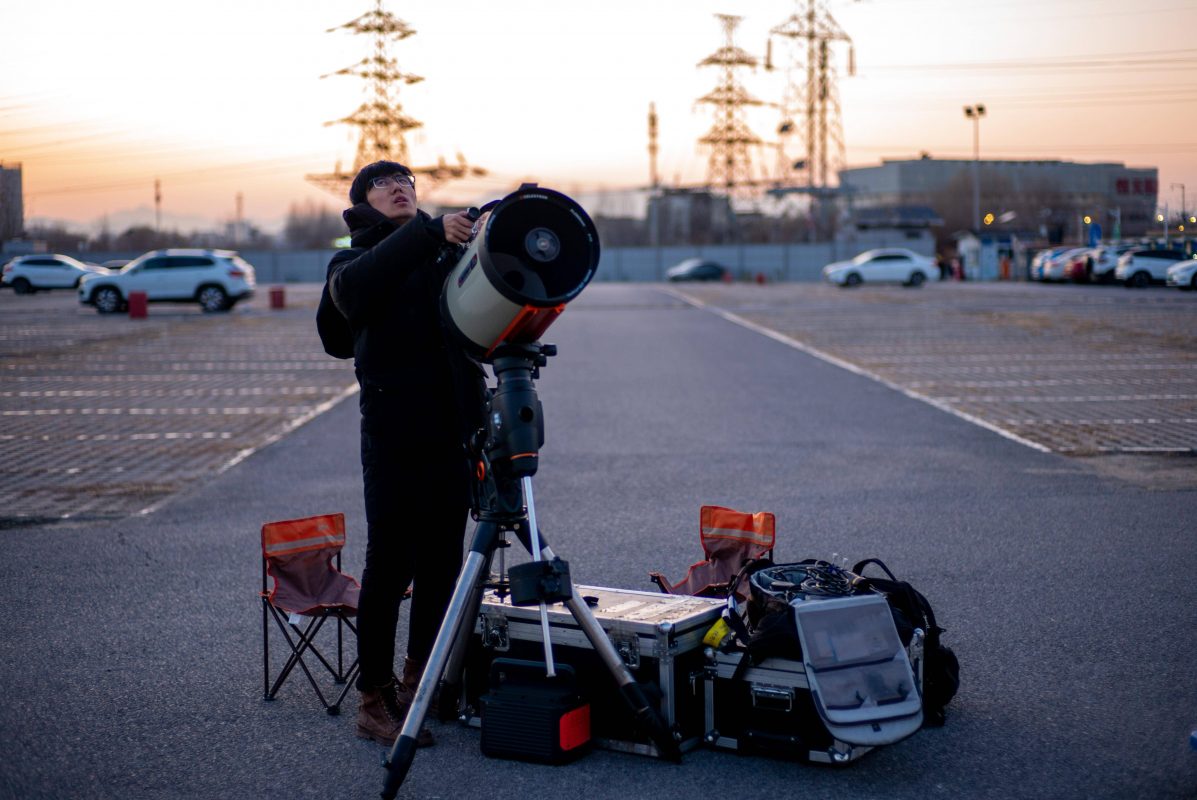
Starting in April, Liu and his team have been chasing the space station and recorded over 50 configuration changes from Beijing and South China’s Hainan province. He took hundreds of thousands of photos of the China Space Station.
“If you haven’t captured and witnessed the changes of China’s space station, it’s hard to imagine that the space station flying above our heads can ‘transform’ like a robot,” Liu said.
Liu’s passion for astronomy goes back much further.
Born in 1990, at the age of 6, Liu received a significant gift — an entry-level foldable telescope, and his dream started then.
When he was in senior high school, Liu joined the astronomy club and became one of its leaders. During the same period, he observed stars outside for the first time when he went on a stargazing trip with the other club members, using the school’s only large aperture reflecting telescope.
In his point of view, astronomy does not live in history books but in real life. In 2007, Liu’s growing curiosity prompted him to major in astronomy at Peking University, and he later pursued his doctoral studies at the University of Western Australia.
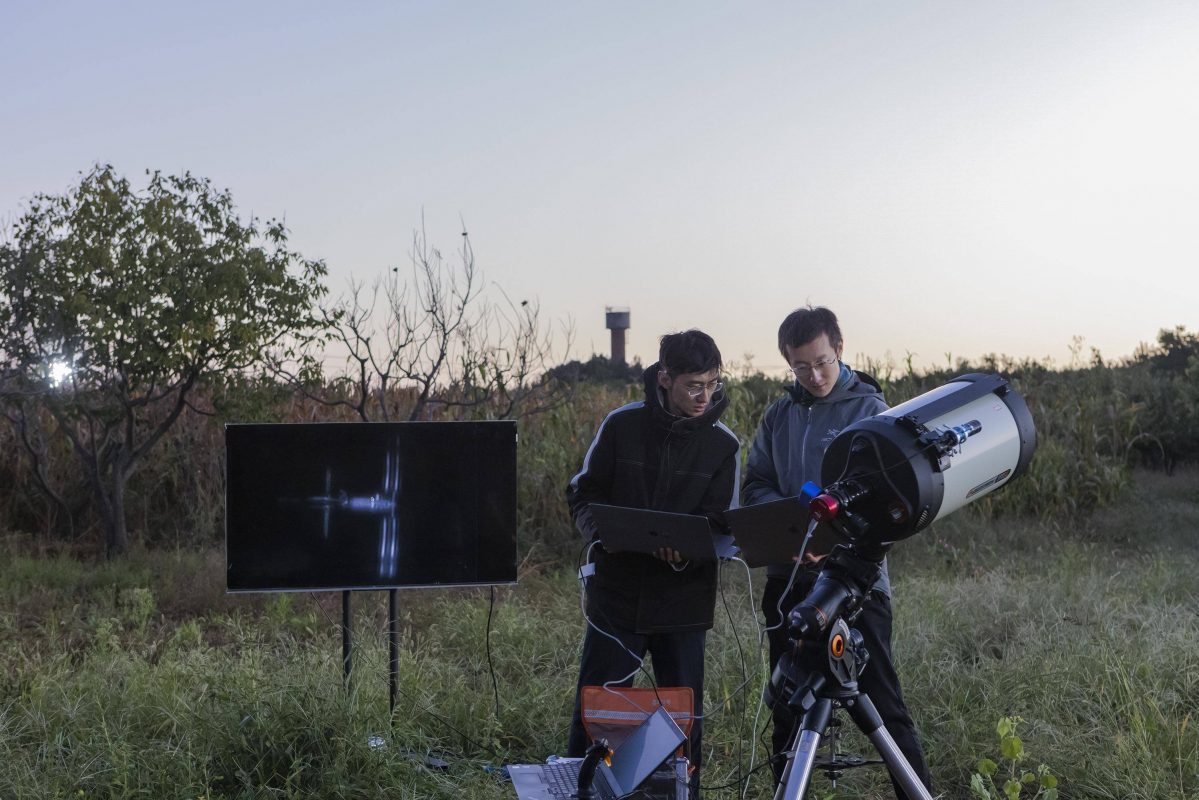
Success requires effort.
He has been on the path under the stars time and time again, in return for exciting pictures that bring closer the distance between the “Tiangong” and the Earth. His telescope has become a “New Window” focusing on the dialogue between China’s space station and the expanse.
From “一”-shaped, “土”-shaped, L-shaped, to T-shaped and “十”-shaped, behind these images are the results of more than 50 chases by a young stargazer, a record of the growth of the Chinese space station, as well as a journal of the growth of “space home” of Chinese people.
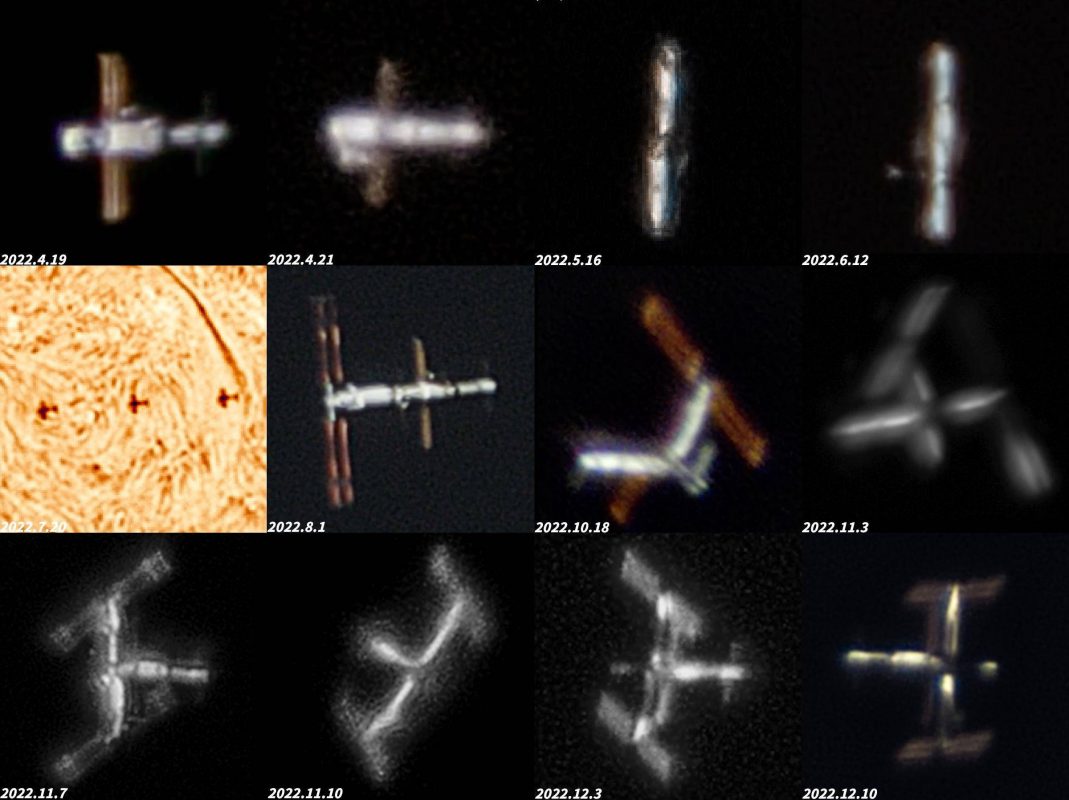
Every effort will be rewarded.
Liu’s stories and the videos he shares garnered media attention, and subscribers flocked to his accounts on platforms including the Chinese online video-sharing platform Bilibili. His Bilibili subscriber base grew from 2,000 to over 100,000 in half a year.
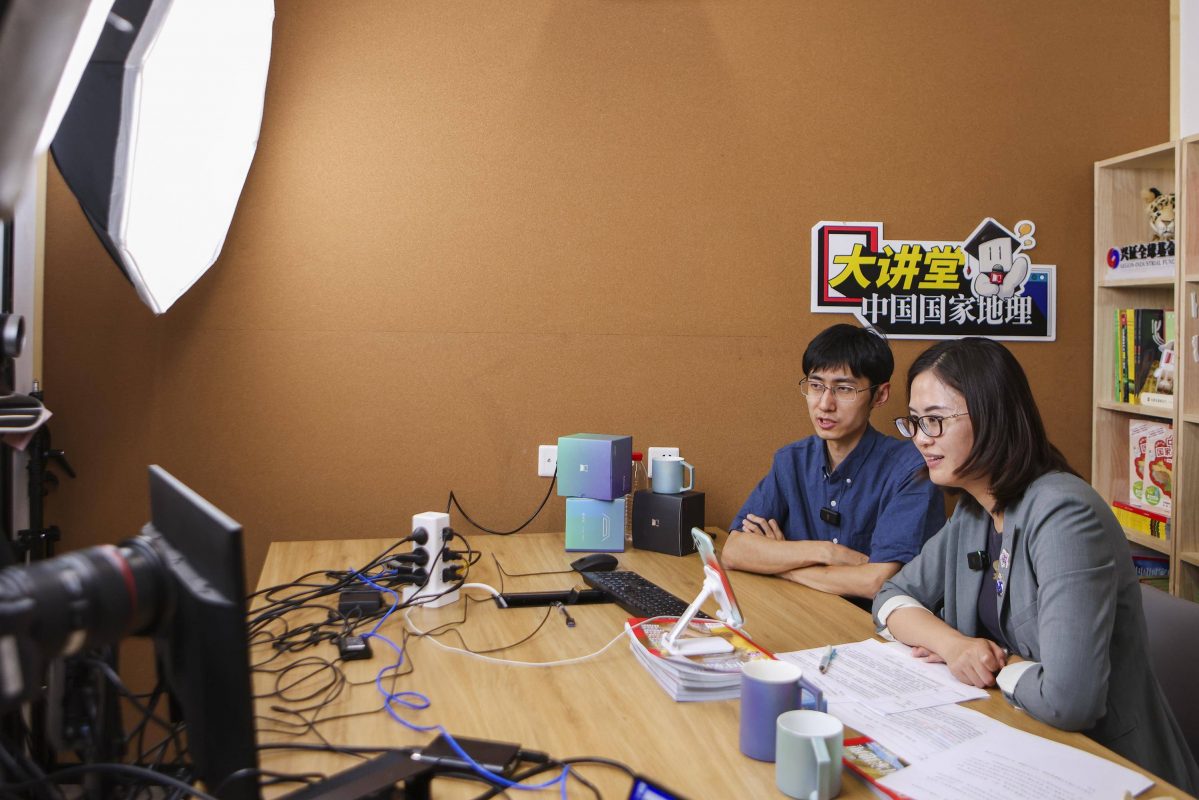
So far, he has captured 26 clear, close-up images of China’s space station. In addition to promoting astronomy, Liu is participating in the 6-8m Expanding Aperture Segmented Telescope project at Peking University, and he hopes his work will have scientific research and engineering value.
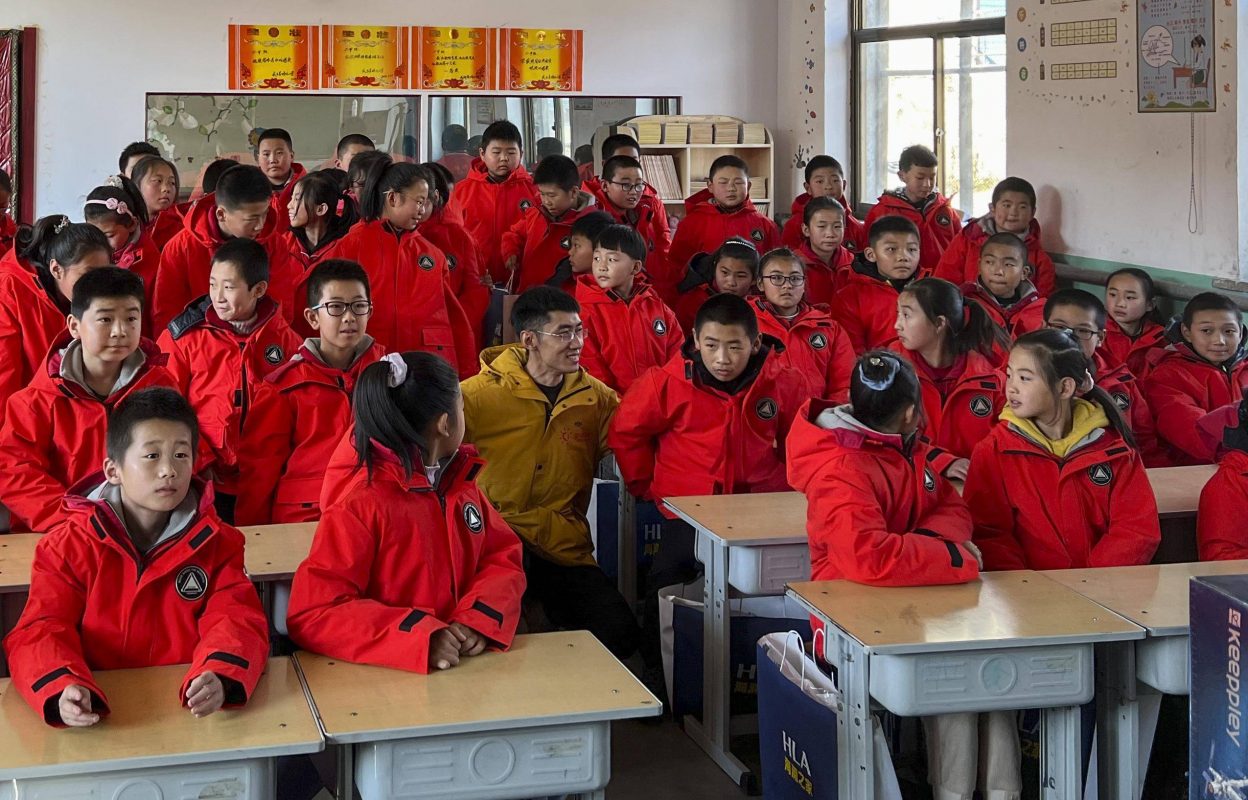
“We live in an era of the rapid development of science and technology, and it is very interesting to share what we have experienced,” Liu said.
(Source: Xinhua)


